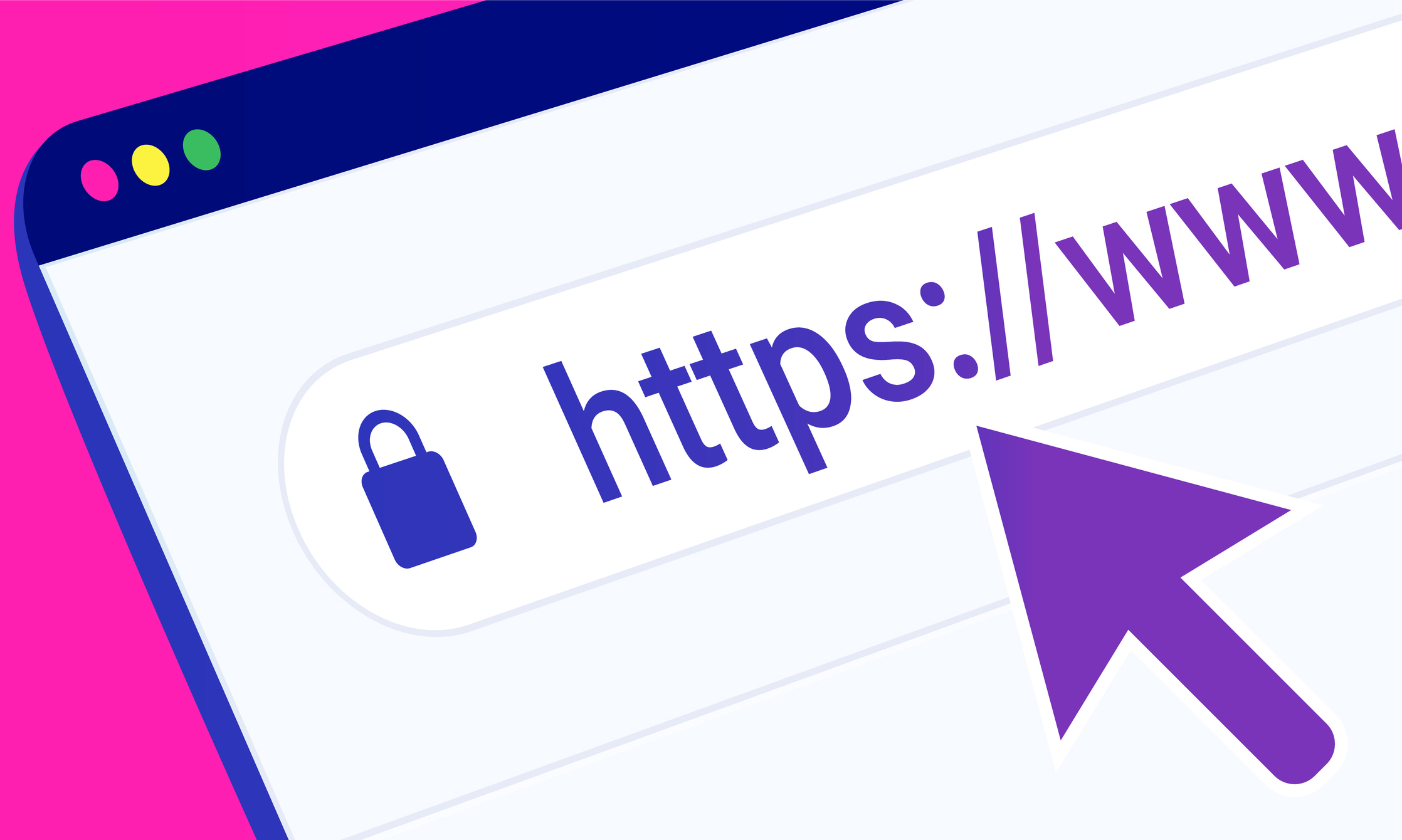

Ask your developer to setup the security certificates for you.This is probably the easiest way for you to get your site running over https for a small fee. Ask your hosting provider to set up the ssl for you.The good news is that it’s now easier and cheaper than ever to get a certificate. However, if you’re focussing on the SEO benefits you’re missing the point – look after your website visitors and their user experience first. It’s possible that insecure sites, over time, get demoted in the search results the same way mobile in-friendly websites have in the mobile search results. In my opinion Google has chosen the browser (Google Chrome is used bu more than half the people on the internet) to motivate website owners to switch to secure sites, rather than the search results. You can read more about their long term plans from this post on the Google Security Blog (updated December 2016). Google is being proactive in making the web a more secure place. However, this says it's only be a minor ranking factory – the big benefit is for your user and their experience while they’re visiting your site. Google, back in 2014, announced HTTPS is a very minor ranking factor. That’s a bad user experience - trust is everything. If your webpage asks for any information from the visitor, on an insecure page then your visitors browser will warn the visitor your site is insecure. What has changed recently is the display of HTTP (without the S) traffic. Web browsers has been gradually encouraging developers and website owners to use HTTPS by showing, next to the URL, how secure your connection is. Sure, they might not be listening, they may not remember it – but would you take that risk? So, why now?

If you said your PIN Number – out loud – when you were using a cash machine then anyone behind you would know your PIN number.

So, what’s the big deal? With a little bit of effort people can listen in to the traffic between servers so they can capture any unencrypted information. However, when you send data from your browser to the server it usually contains personal information – your name, your email or your password. Usually the data is publicly visible information like a web page. So what’s the problem with unencrypted data?ĭata travels across the internet – from server to server – between your computer and the server where you requesting data.

Certificates are renewed frequently to maintain credibility. The green padlock icon indicates the website developer, or hosting company, has correctly set up a SSL Certificate that verifies the domain and the server for a specific timeframe. email address, password, bank details, etc. Anyone listening in cannot see your personal data e.g. When you use HTTPS any information passed between your browser and the server is encrypted. HTTP S is Hyper Text Transfer Protocol where the S stands for secure. HTTP stands for Hyper Text Transfer Protocol – it’s the way web pages and other data is transferred from computer to computer, across the internet. If your site uses HTTP then your visitor will be warned your site is insecure. When your website uses HTTPS your website shows your visitor a secure padlock symbol showing all data passed from your browser to the website server is encrypted. Changes in web browsers mean your website will now be flagged as “insecure” if you are not using HTTPS – which is a really bad look and reduces trust with your visitor.


 0 kommentar(er)
0 kommentar(er)
